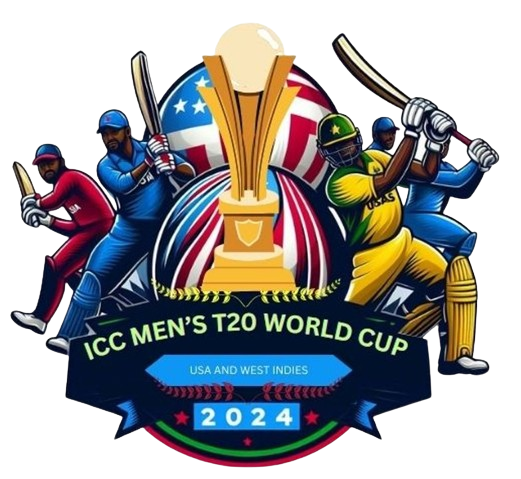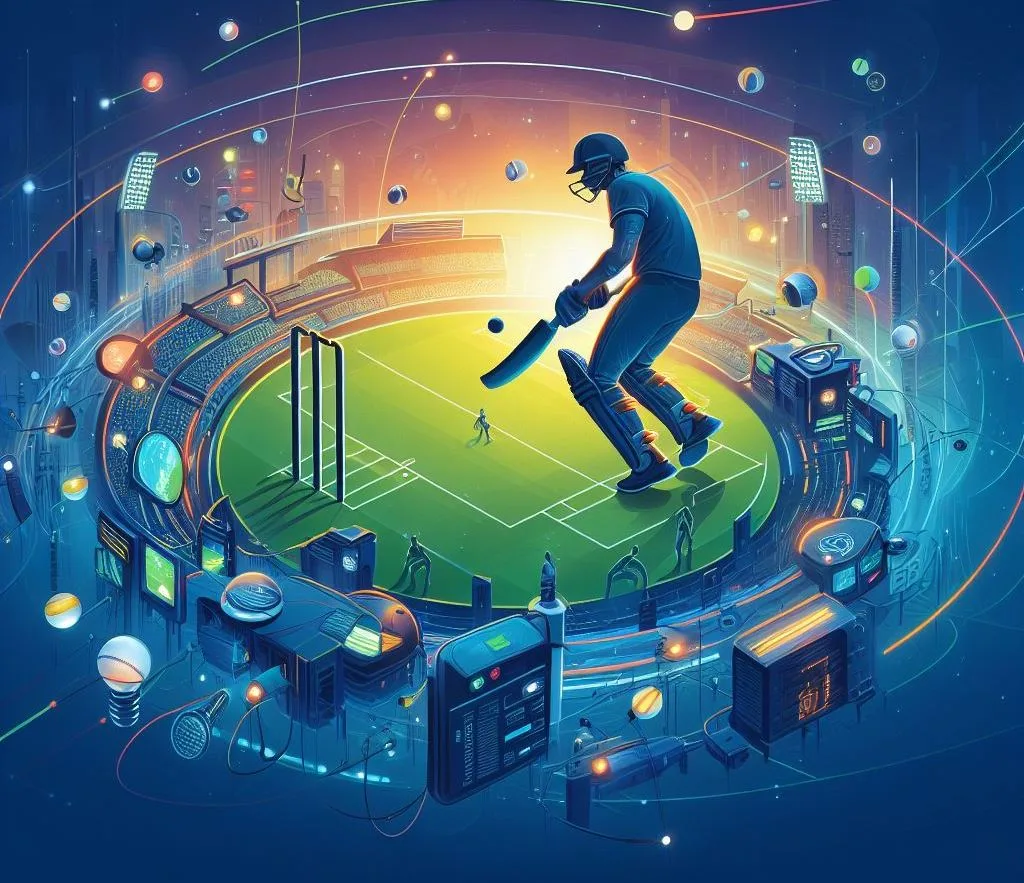Cricket is a very old and popular game, which started in the 16th century. It is also a game that has changed with time, using the latest technology to make the game better and fairer. Technology has helped cricket in many ways, such as making players play better and avoid injuries, helping umpires make correct decisions, and making fans enjoy the game more. In this article, we will see some of the important technologies that have made cricket more exciting, such as DRS, ball-tracking, smart bails, and more.
DRS: DRS stands for Decision Review System. It is a system that uses technology to help players challenge the umpire’s decision on some types of outs, such as catches, LBW, no balls, and run-outs. DRS started in 2008 to reduce umpire mistakes and make sure that the decisions are right and consistent. DRS uses different technologies, such as Snickometer, Hot Spot, and Hawk-Eye, to show proof for the umpire to review his decision.
Snickometer is a device that uses sound waves to find out if the ball touched the bat or the glove before the fielder caught it. It shows a graph of the sound frequency and shows a peak if there is an edge.
Hot Spot is a device that uses infrared cameras to show the heat created by the friction between the ball and the bat or the pad. It shows a picture of the contact point and shows a bright spot if there is an edge or an impact.
Hawk-Eye is a device that uses six fast cameras to follow the path of the ball from when it leaves the bowler’s hand to when it hits the pad or the stumps. It shows a 3D animation of the ball’s path and shows where it would have gone after hitting the pad or the stumps.
DRS is used by most countries that play cricket and is used in all types of international cricket. It has helped to reduce umpire errors and problems, as well as make players more confident and happy. However, it has also faced some problems and questions, such as its cost, reliability, accuracy, and consistency.
Ball-tracking: Ball-tracking is a technology that is used to study different things about the ball’s movement, such as its speed, spin, swing, bounce, and deviation. Ball-tracking is mainly used for showing purposes, to give viewers more information and statistics about the game. However, it is also used for coaching and training purposes, to help players improve their skills and techniques.
Ball-tracking works by using many cameras that take pictures of the ball at high speed. The pictures are then processed by a computer software that calculates the ball’s position, speed, acceleration, and direction. The software then makes a graphical representation of the ball’s movement and shows it on the screen.
Ball-tracking has been used in cricket since 2001 and has become an important part of the game. It has helped to make the viewing experience and understanding of the game better for fans, as well as give useful feedback and data for players and coaches. However, it has also faced some limits and drawbacks, such as its dependence on camera angles, lighting conditions, and human intervention.
Smart bails: Smart bails are electronic bails that light up when they are removed from the stumps by the ball or by the batsman. Smart bails are used to help umpires make close decisions on run-outs and stumpings. They are also used to make the game more exciting and dramatic for fans.
Smart bails work by using sensors that detect when they lose contact with the stumps. The sensors then trigger a radio transmitter that sends a signal to a receiver in the stumps. The receiver then turns on a LED light in the bails that flashes red for about one second.
Also Read: Shah Rukh Khan Expresses Fondness and Bond with King Kohli: ‘I love Virat Kohli’

